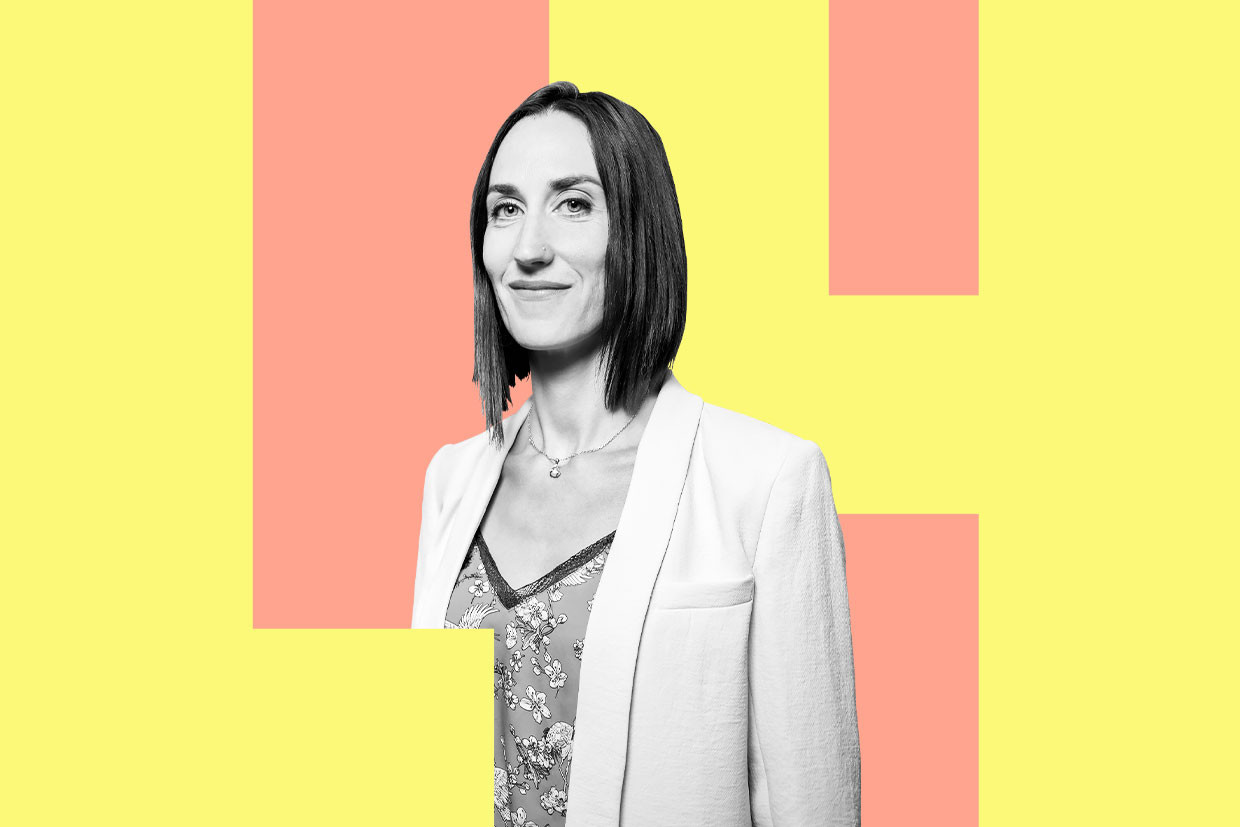Josephine Shillito: What is the role of a stock exchange in sustainable finance goals?
Laetitia Hamon: Market operators (like stock exchanges) have a crucial role to play. They sit at the crossroads between investors and issuers, and in this way they shed light on the financial instruments that can have a big positive impact. In our case, we signed the Net Zero Financial Services Providers Alliance, which will be a big test for all stock exchanges! At the end of [January] the first meeting of the stock exchange task force will take place in which we will develop a concrete plan to answer these commitments.
However, at the Luxembourg Stock Exchange we actually started our plans about two years ago. We had two main steps--first, to understand our issuer profiles better. One of the ways we do this is using an open-source tool called The Paris Agreement Capital Transition Assessment, which measures financial portfolios’ alignment with various climate scenarios consistent with the Paris Agreement. Next month we’ll get the results of these measurements applied to corporate issuers at our stock exchange.
Second, we’re working with compliance to integrate an environmental and social governance risk assessment along with the other risk assessments we carry out with our issuers. As far as I’m aware, there aren’t any other market operators integrating an ESG layer of risk assessment so there’s no template for this. The challenge is getting the right data to do it effectively.
You’ve spoken before about the importance of redirecting capital flows, closing the knowledge gap, closing the data gap and closing the trust gap. How is this progressing?
We know it is really important to build knowledge among all players in the market value chain so that we can all be aligned in sustainable finance goals. To this end we created the LGX Academy in 2020 for Luxembourg and international entities. On the data side, we knew that if we wanted to convince people to issue green bonds then we needed data and that we needed to integrate the entire universe of bonds on the market, to take a global view and not just LGX, so we created the LGX Data Hub. On the trust gap, we’re working on this by requiring specific disclosures to be put on our website. For example, bonds commit a post-issuance reporting in which they provide information about allocation. We also belong to different working groups which builds credibility.
Going forward, the LGX Academy is about to announce a new partnership and in the data hub we started integrating sustainability-linked bonds at the end of 2021.
Can you tell me more about how you’ll work with existing capital on the exchange, for example, integrating sustainability into listing requirements?
We are aware that there are certain issuer groups with whom we can make a bigger impact than others. There are bonds on the exchange that could be labelled green, but currently issuers don’t see the need to go through the process of being labelled as such. We therefore created LGX Assistance Services in September 2021 to help issuers go through this process. For issuers with high emissions, we have some different choices. We categorise them into two groups--those with plans to transition, and those that don’t see the urgency. We believe the second group will soon belong in the stranded asset category because they’ll find it hard to attract investors. We are mapping this situation and we’ll shortly be deciding on an approach for high-emissions investors.
For new corporate issuers we intend to eventually integrate a risk assessment plan for onboarding. Our ultimate goal is to understand the issuers on our exchange, understand the data and then act.
What is still needed?
The financial sector needs to move fast because of the 2030 and 2050 deadlines, but we need to work on change management--changing mindsets, processes, interactions, raising awareness, training people. I personally don’t want to see finance and sustainable finance running in parallel, they should be one and the same. At the LGX, change management is a key part of my job, but in previous roles it’s been as much as 80% of the job! It’s so important that management is convinced of the goal so that sustainable finance doesn’t sit in a silo within a company. To this end, it’s essential to speak the same language (figuratively) as the person you are looking to convince. I have to make the financial argument, set out the business case, show them that they can make financial returns. That’s how we achieve our goals.
Laetitia Hamon has been head of sustainable finance at the Luxembourg Stock Exchange since July 2020. She is responsible for the exchange’s sustainable finance strategy and related projects and leads the expert team at LuxSE’s platform for sustainable finance, the Luxembourg Green Exchange.
Updated on 19 January 2022 to make clear that the risk assessment plan for new corporate issuers is not yet active.
